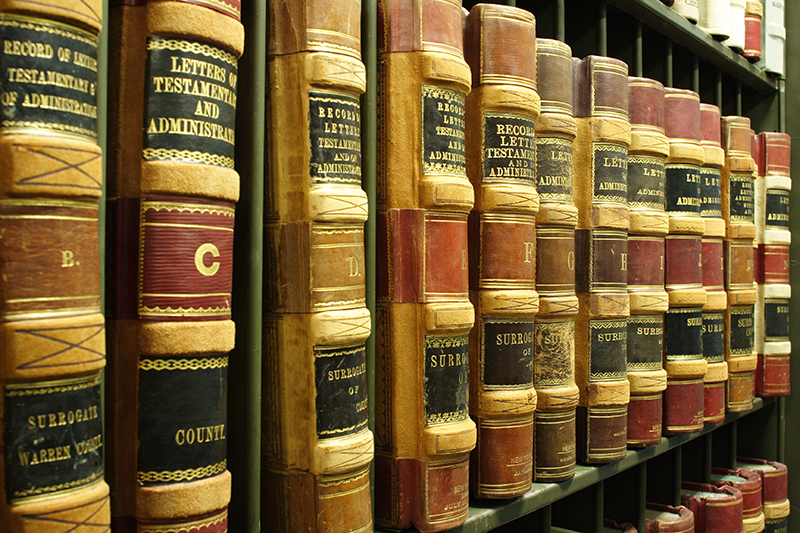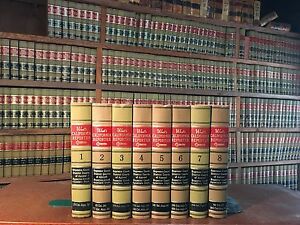
Legal books. (Photo: public domain)
An Introduction To Legislative Drafting
California has its Office of the Legislative Counsel of 80 attorneys who draft 6,000 bills and 10,000 amendments annually
By Chris Micheli, October 23, 2020 6:31 am
What is legislative drafting?
Legislative drafting or bill drafting is the work of professionals who usually provide their services in a centralized office for the U.S. Congress or state legislatures. These individuals draft bills, resolutions, and constitutional amendments (for the two dozen states that have this form of direct democracy).
Both the U.S. House and the U.S. Senate have separate offices of legislative counsel. The State of California has its Office of the Legislative Counsel with about 80 attorneys who draft five to six thousand bills and over ten thousand amendments every year. All the other states have a variation of a central legislative drafting office.
Who? Professionals around the country draft legislative measures. There is limited training in legislative drafting because most law schools do not distinguish legislative from other forms of legal document drafting. While many law schools offer courses in constitutional law, statutory interpretation, and legal writing, very little time is spent on drafting laws and regulations.
There are only a handful of law schools that offer drafting clinics to their students. The University of London, in its School of Advanced Legal Studies, offers an LLM degree (Master of Laws) in legislative and regulatory drafting, and Athabasca University in Alberta, Canada offers a Graduate Diploma in Legislative Drafting. Both are specialized degrees.
What? These individuals draft legislative measures, which include bills, resolutions, and constitutional amendments. These drafters may also advise on the constitutionality of proposed legislation. In addition, many federal and state executive branch agencies have lawyers who draft “secondary legislation,” including regulations, notices, executive orders, and similar documents.
Where? Professionals draft measures at statehouses around the country, as well as in numerous state agencies and departments. There are just a handful of full-time professional drafters in the private sector. As such, most bill drafters are employed by the public sector.
When? Most legislatures meet only a few months each year, while some states (e.g., California) and the Congress are considered full-time. Nonetheless, legislative drafters ply their craft throughout the year to draft measures at the request of legislators. For those drafters in the executive branch, this agency work can readily occur throughout the calendar year.
How? Professional bill drafters utilize skills they have developed through drafting measures, primarily through on-the-job experience and training. Unlike poetry or most other forms of written expression, bill drafters must select their words carefully to avoid unnecessary prose, as well as write in a simple, consistent format to reduce ambiguity.
Bill drafters will thoroughly research their clients’ bill proposals and understand the relevant law as it exists today, as well as how it is intended to be amended, repealed, or otherwise changed. Legislative drafting is ultimately more art than science. In other words, three drafters may come up with three different versions of the same statute, and each would have its supporters and detractors.
Those who draft legislative and regulatory language have the privilege of bill ideas and solutions to important public policy problems into statutes and regulations. They also have an indispensable role in the legislative and regulatory processes.
- Change of Name in California - December 9, 2025
- Bond Elections and Harbor Improvement Bonds - December 8, 2025
- ‘Bottomry’ in California - December 8, 2025



